I know how keys are commonly stolen. This is because people call me to rekey their house when their keys are stolen. Some people hide their keys in common places like in/under flower pots next to the door, under welcome mats, on top of door frames etc and criminals find the key. Sometimes they’re stolen out of a gym locker or purse in a car. Sometimes people keep a key in a “key safe” that locks onto their door knob. This is commonly done when a house is being sold or renovations are being done and lots of different people need access. The big blue locks that realtors use are pretty secure, but the smaller black and grey masterlock ones are not.

I’ve made thousands of dollars over the past few years rekeying houses that had these key lockers or key safes locked onto a door knob or fence that was removed. Removing these is unfortunately not difficult to do and it can be silent. A $30 pair of boltcutters is all that is necessary to take one of these off in the night and take it somewhere else where it can be mercilessly pounded with a hammer or cut open with an angle grinder. Then the villain will have any keys locked inside and also presumably access to your living quarters!
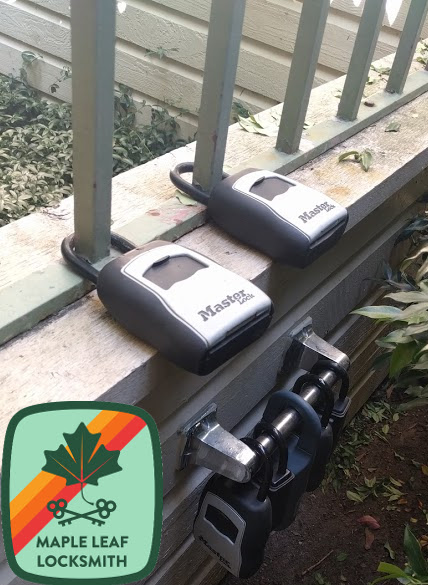
Now the question is, how long will it take you to notice that the key locker is missing? Probably not long if it is on the front door of the house you are living in, but it might be a while if it is among many other key lockers hanging on a fence outside your building like these. Would you notice if yours alone was missing from this group? No? Somebody just has to get through the outer door by casually following another resident and then they can try the key obtained from one of these in every single door until they find the right one…
What to do to prevent this you may be asking yourself. The easiest of course is not to leave your keys anywhere they could be compromised. The second easiest solution is to get an electronic lock. Then you don’t need to share keys with people, you just give them a code and delete the code when they’re done in your house. If you don’t want to pay for an electronic lock, the next best thing is to install a key locker that bolts on to the wall instead of clipping onto your doorknob.
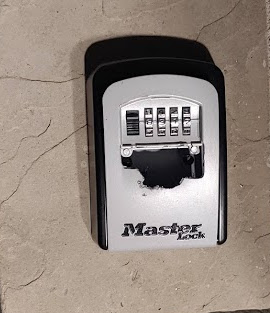

If you absolutely must have a key outside your residence or other property, you may as well make criminals work for it if they want to steal it. Get a key safe that bolts onto the wall instead of clipping onto a fence or doorknob. Then they can’t silently break the key safe off and take it somewhere else. These types of lock can be very securely mounted to wood or masonry and aren’t easily pried or knocked off. Thieves will have to break this type open on the spot and that will probably be loud or it will take time, something these people take great pains to avoid. I can open these non-destructively and recover their combinations using techniques uncovered in personal research but they probably aren’t known to the types of people who break into residential units.
So, if somebody insists that you install a key locker that hangs off of your doorknob tell them that you would rather have one installed hidden on a fence post or a wall behind a bush in your back yard. Any contractor worth his salt should be able to install one of these. I can also do so. If you call me during the day I can have one installed in Seattle for $120.


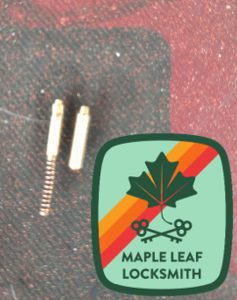
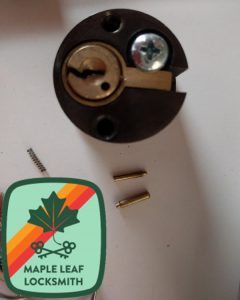
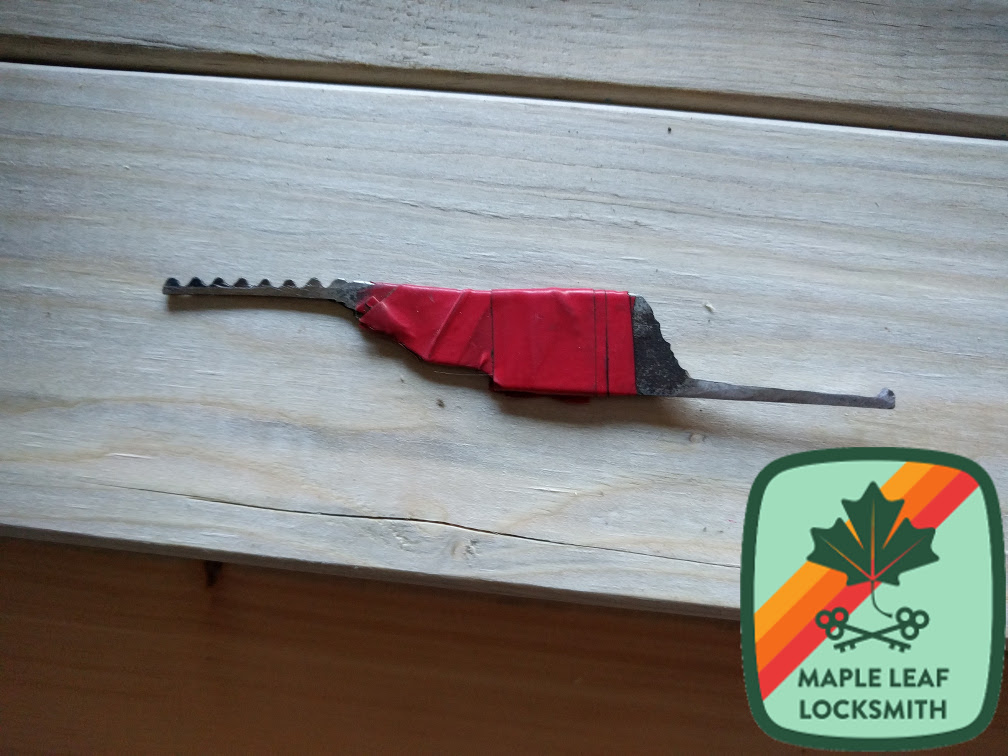
 quality. I recommend them to customers willing to pay extra for nicer looking locks and a lifetime guarantee. I have few reservations about them except for a few annoyances:
quality. I recommend them to customers willing to pay extra for nicer looking locks and a lifetime guarantee. I have few reservations about them except for a few annoyances: All of these problems can be fixed by retrofitting Emtek locks with different cylinders that conform to Emtek cylinder dimensions. I sell
All of these problems can be fixed by retrofitting Emtek locks with different cylinders that conform to Emtek cylinder dimensions. I sell